So what footwear should you wear on a canoe trip? We get this question alot – putting a canoe in and out of the water means your feet will get wet – the key, say our guides, is to have shoes that will either drain well or dry out. Here are a few of the Canoeing.com Gear Guide’s top picks for canoeing shoes.
For Day Trips or Short Overnight Canoe Trips:
Sport Shoes and Sandals
Sandals with rugged Vibram® rubber soles and supportive footbeds drain quickly and handle a variety of terrain–they’re especially helpful when wading into rocky spots. Look for sandals with extra toe protection. Also check out shoes fabricated of webbing straps but more protective than sandals, they drain beautifully and are ultralight. Shop All Sport Sandals and Shoes for Canoeing >
Wet Shoes
Kayak paddlers prefer neoprene shoes that are both stretchy and provide some insulation, and canoeists that enjoy solo paddling may prefer the extra flexibility. Not recommended for portaging or lining canoes in whitewater where more traction is required. Shop More Wet Shoes >
Footwear for Multi-day Canoe Trips:
Portaging a canoe or carrying a pack may mean that you need extra ankle support (note: if you have any foot or ankle health issues at all, you need extra ankle support) but you don’t want your feet to be wet for a week. Tip: bring a pair of portaging shoes that can get wet during the day and a pair of comfy shoes for nights in camp.
Lightweight portage boots / hiking boots
Forget heavy hiking boots from lumberjack days, and don’t bother with the throw-away sneakers that your camp counselor told you to bring canoeing. You’ll appreciate the traction of a lightweight hiking boot, extra footbed or ankle support for carrying a heavy load, with ample ventilation. There are many great options and we strongly recommend trying them on in person, for a portage boot that will go down muddy slopes, launch a canoe, and drain water out at the end of a long paddle. Shop More Portage Boots >
Socks
Hiking Socks – Start with the right socks (that means no cotton socks—ever). Either wool or wool-synthetic blend hiking socks will keep your feet insulated even when they are wet and should dry out by the campfire at night. Liner socks – optional but a traditional favorite. Way back when all wool socks were scratchy we wore thin liner socks to help wick moisture away from our skin. Now most wool hiking socks are merino and very comfy, but liners still come in handy to wear under neoprene, inside of sport sandals, or to add extra warmth. Shop More Socks for Canoeing >
Neoprene high top boots:
Here may be the exception to the rule. Fans say neoprene boots actually keep their feet dry and can handle the weight of a canoe. Though not as flexible for solo paddlers, we love the extra layer of warmth, especially for those of us who like to paddle the Far North or paddle in spring and fall. Shop More Wet Shoes & Boots >
Campsite Shoes
After a long day of traversing land and water, you’ll be ready for something comfy. Put your tent up and your feet up – our favorites range from a pair of smushy moccassins (they fit well in a pack) to a pair of Crocs that are easy to slip on and off.
So what are your favorite shoes for canoeing? Leave your comments below or on our facebook page…
MORE TO EXPLORE:
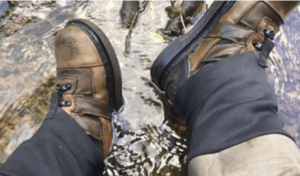
Photo – Chota Outdoor Gear
GEAR GUIDE EXPERT: Footwear for Canoeing: Finding Your Sole-Mate by paddling guide Rob Kesselring
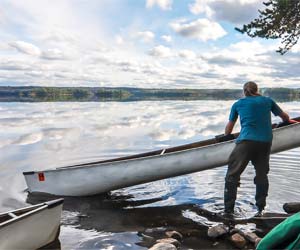 ARTICLE: Shoes, boots or sandals? The best footwear for portaging in the BWCA by Clearwater Outfitters
ARTICLE: Shoes, boots or sandals? The best footwear for portaging in the BWCA by Clearwater Outfitters
ARTICLE: Portage Tips: Footware – What Doesn’t Work What Does Work by North Country Canoe Outfitters
ARTICLE: What to Wear Kayaking and Canoeing by Canoe&Kayak Magazine



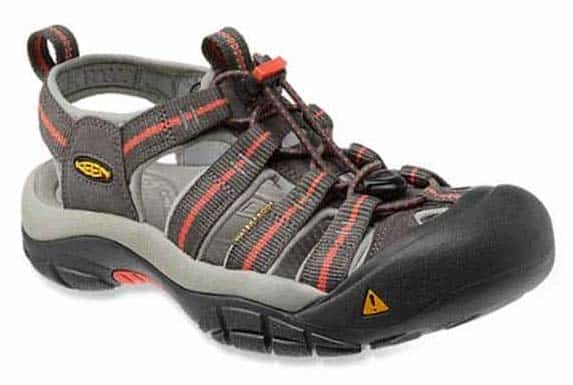
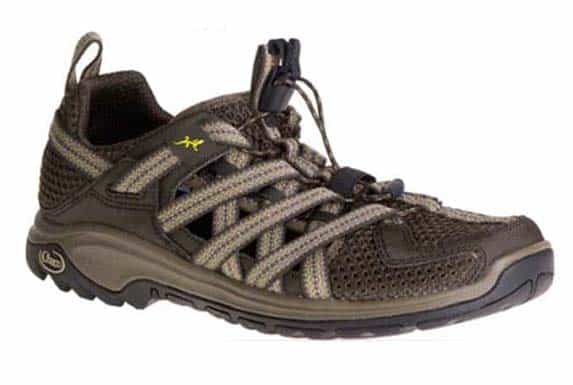
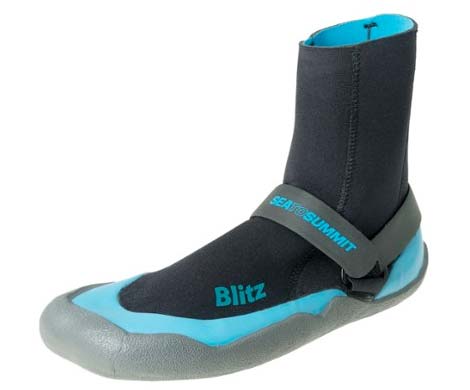
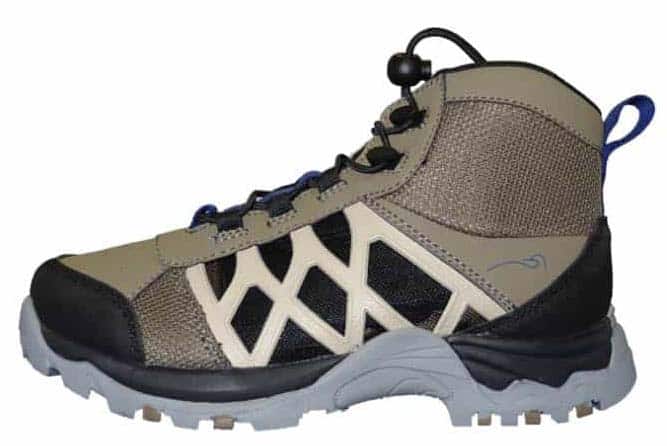
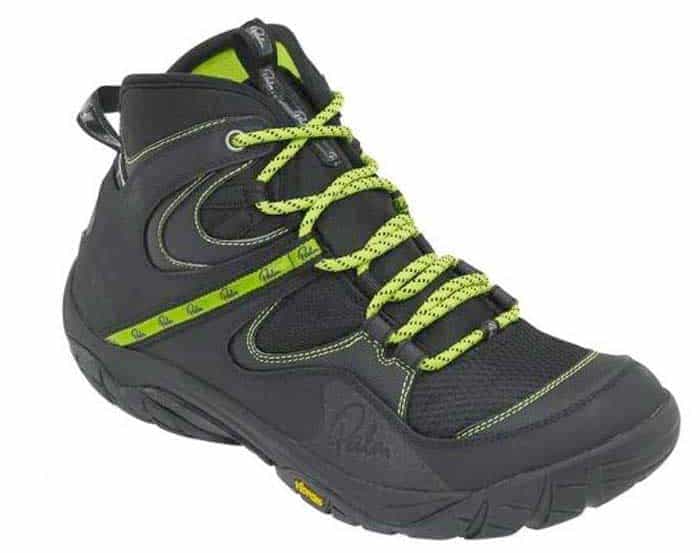
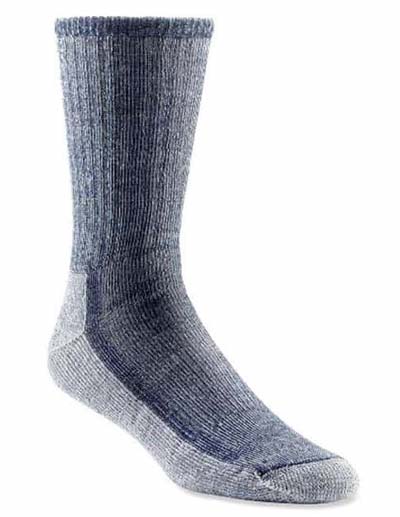
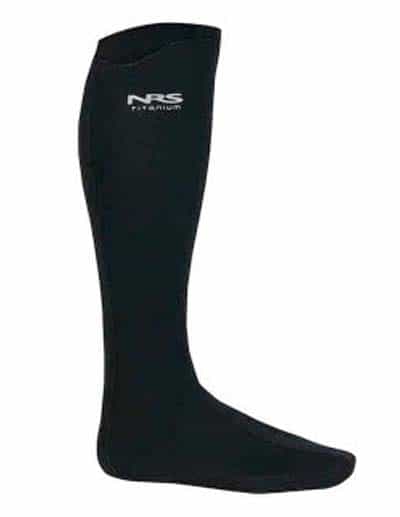
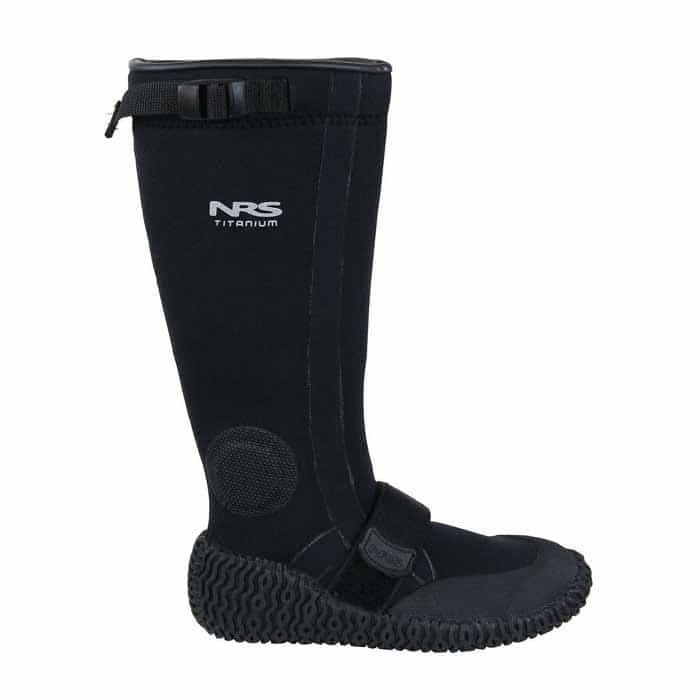
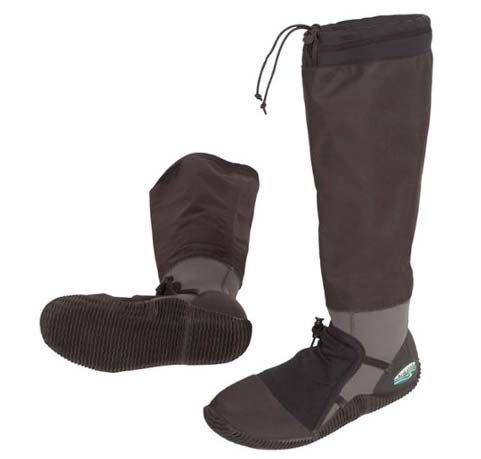
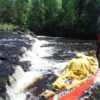













This site is absolutely fabulous!